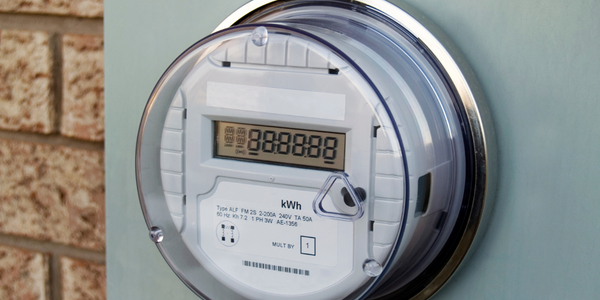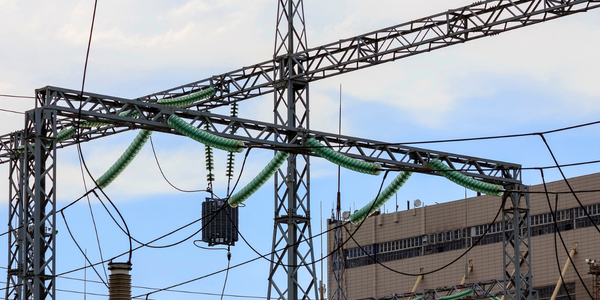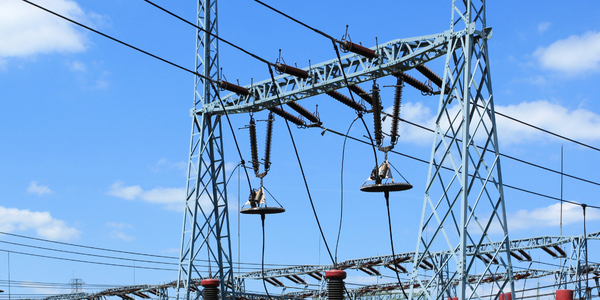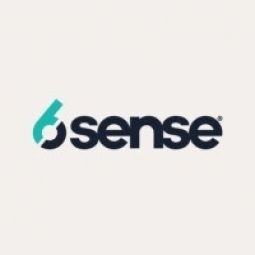Technology Category
- Cybersecurity & Privacy - Identity & Authentication Management
- Functional Applications - Enterprise Resource Planning Systems (ERP)
Applicable Industries
- Electrical Grids
Applicable Functions
- Procurement
- Sales & Marketing
Use Cases
- Supply Chain Visibility
- Visual Quality Detection
Services
- Testing & Certification
About The Customer
Zendesk is a global company that revolutionized customer experience in 2007 by enabling businesses worldwide to take their customer service online. Today, Zendesk powers billions of conversations, connecting over 100,000 brands with hundreds of millions of customers. As a champion of great service everywhere for everyone, Zendesk has been leading the way in providing customer engagement solutions to companies across the globe. As the company began to target higher-level accounts, it sought to empower its business development representatives (BDRs) and increase opportunity creation from MQLs globally.
The Challenge
As Zendesk aimed to target higher-level accounts in enterprise companies, it faced a significant challenge. The company realized that leads were becoming less relevant in larger B2B purchases, where sales teams had to engage with larger buying committees comprising individuals with varying levels of interest and knowledge. Zendesk needed a solution that would allow them to focus on accounts that would be most receptive to their outreach. They required an account-level view as they moved upmarket and sought to empower their business development representatives (BDRs) to succeed and contribute more effectively.
The Solution
To improve the quality of the accounts passed to its BDRs, Zendesk turned to 6sense. The team decided to only pass along leads identified by 6sense as high intent, meaning they were in either the Decision or Purchase stages of the buying journey. This strategy reduced the number of records the BDRs would work with but significantly increased their quality. Furthermore, Zendesk used 6sense to identify which keywords their accounts were searching for and what websites they were visiting. This information was used to escalate account priority and personalize messaging and outreach. The personalized messaging and timely approach resonated with potential customers, accelerating the sales process. 6sense also played a crucial role in implementing an account-based approach, helping Zendesk identify buying teams and engaged personas.
Operational Impact
Quantitative Benefit

Case Study missing?
Start adding your own!
Register with your work email and create a new case study profile for your business.
Related Case Studies.

Case Study
Hydro One Leads the Way In Smart Meter Development
In 2010, Ontario’s energy board mandated that time-of-use (TOU) pricing for consumers be available for all consumers on a regulated price plan. To meet this requirement, Hydro One needed to quickly deploy a smart meter and intelligent communications network solution to meet the provincial government’s requirement at a low cost. The network needed to cover Hydro One’s expansive service territory, which has a land mass twice the size of Texas, and its customers live in a mix of urban, rural, and remote areas, some places only accessible by air, rail, boat or snowmobile. Most importantly, the network needed to enable future enterprise-wide business efficiencies, modernization of distribution infrastructure and enhanced customer service. To meet these needs, Hydro One conceptualized an end-to-end solution leveraging open standards and Internet Protocols (IP) at all communication levels. The utility drew upon industry leaders like Trilliant to realize this vision.

Case Study
Selling more with Whirlpool
Whirlpool wanted to add connectivity to appliances and transform the company's relationship with customers. Traditionally, Whirlpool interaction with customers was limited to purchases made once every ten years. Connected washer and dryers provide exciting new features like remote management of start times and inter-machine communication.

Case Study
SAS® Analytics for IoT: Smart Grid
Companies face falling revenues, rising infrastructure costs, and increasing risk of outages caused by inconsistent energy production from renewable sources. Less money is coming in as more people and organizations take steps to curb their energy use. Utilities are paying more to maintain and build infrastructure due to increasing complexity, resulting from the rising number of intermittent and variable renewable energy sources connected in the distribution grid.

Case Study
Enel Secures Italian Power Generation Network
Electric energy operators around the world are working to increase the reliability and cyber resiliency of their systems. This includes Enel, a global power company that manages and monitors the Italian power grid. This grid:• Serves 31 million customers• Has a net installed energy capacity exceeding 31 gigawatts• Includes more than 500 power generation plants,including hydroelectric, thermoelectric, and wind• Is managed and monitored by Enel 24/7/365• Is operated by Terna, the Italian Transmission System Operator (TSO)Enel is responsible for the availability of the grid’s underlying ICS and industrial network. It also manages Regional Control Centers and Interconnection Centers which connect with the TSO. The TSO manages the flow of energy to the grid plus controls and remotely regulates the power generation of power plants, increasing and decreasing power production as required. The complex system of interaction and cooperation between Enel and the TSO has strong security implications as well as operational and business challenges.

Case Study
IoT based Energy Quality Availability Monitoring Solution
There were several challenges faced:Since this data would be in the public domain, accuracy and authenticity of this data were of paramount importance. It should be able to withstand scrutiny.It is challenging to build an appliance that can withstand a wide range of voltage fluctuations from as low at 90v to as high as 320v. Since the device would be installed in remote locations, its resilience was of paramount importance.The device would have to deal with poor network coverage and have the ability to store and re-transmit data if networks were not available, which is often the case in rural India. The device could store up to 30 days of data.The platform that deals with the data should be readily available and highly reliable and never lose a packet of data.

Case Study
Hydro Utility Builds Foundation for Powerful Efficiencies and Protection
As the main British Columbia electric distributor, BC Hydro provides 1.9 million residential, commercial, and industrial customers with energy. The hydro utility transformed to a digital business with Cisco connected networking, security, and smart grid solutions. • Deliver reliable, high-quality services • Enable remote automation and monitoring • Connect applications over a common networking infrastructure







